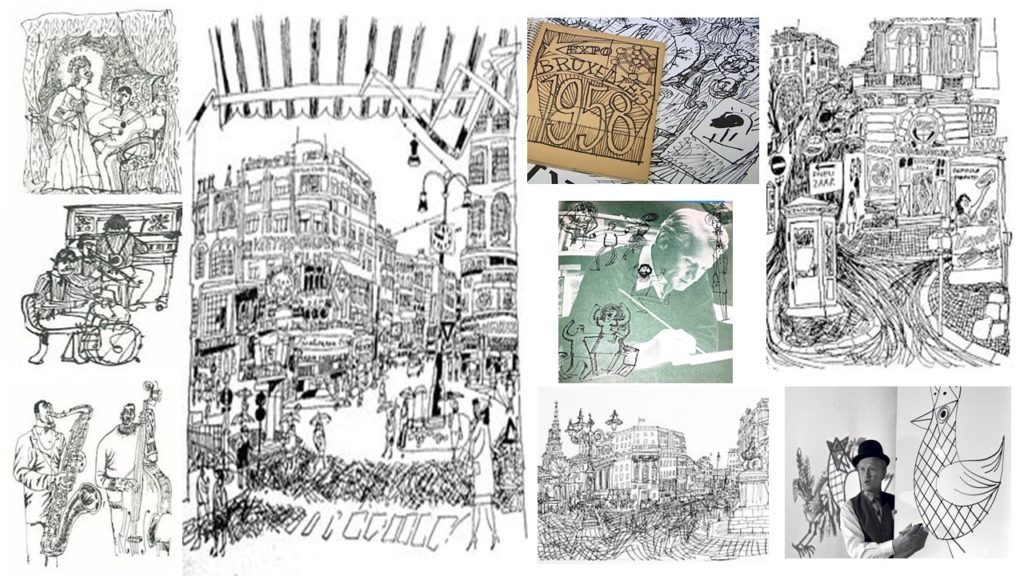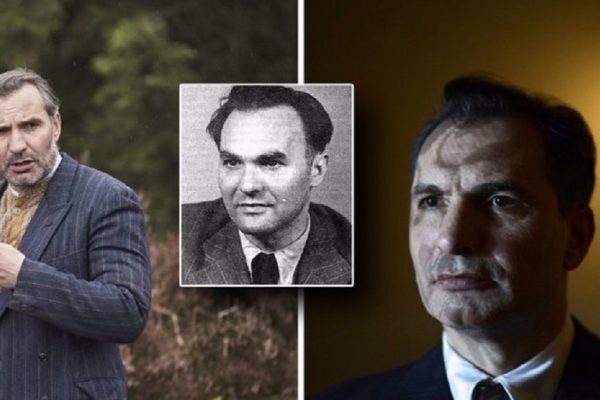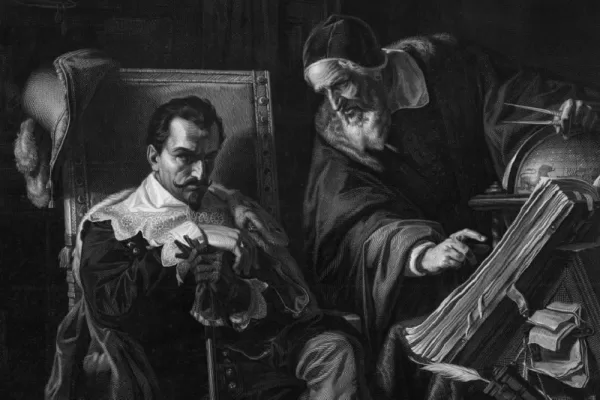When thinking of Czech pop music and theater, there is one main person to mention in that position and that would have to be Jiří Šlitr (1924 – 1969). This mega-talent boasted a wide artistic scope – he was a composer, virtuoso pianist, singer, actor and artist. He learned to play the piano from his mother, and from his father who was a drawing professor, to paint.
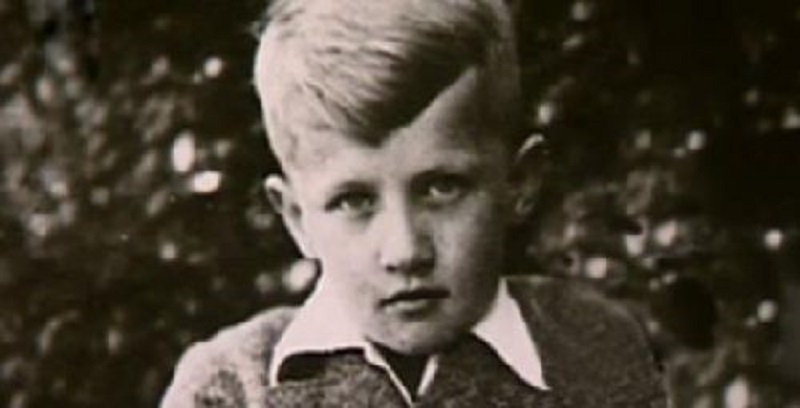
He also studied law at the request of his father and graduated from the Faculty of Law of Charles University in Prague, however, he only performed this profession in acting roles.
Also known as a womanizer as well as a workaholic, he largely contributed to shaping the form of Czech pop music and theatre in the 1960s (along with Jiří Suchý).
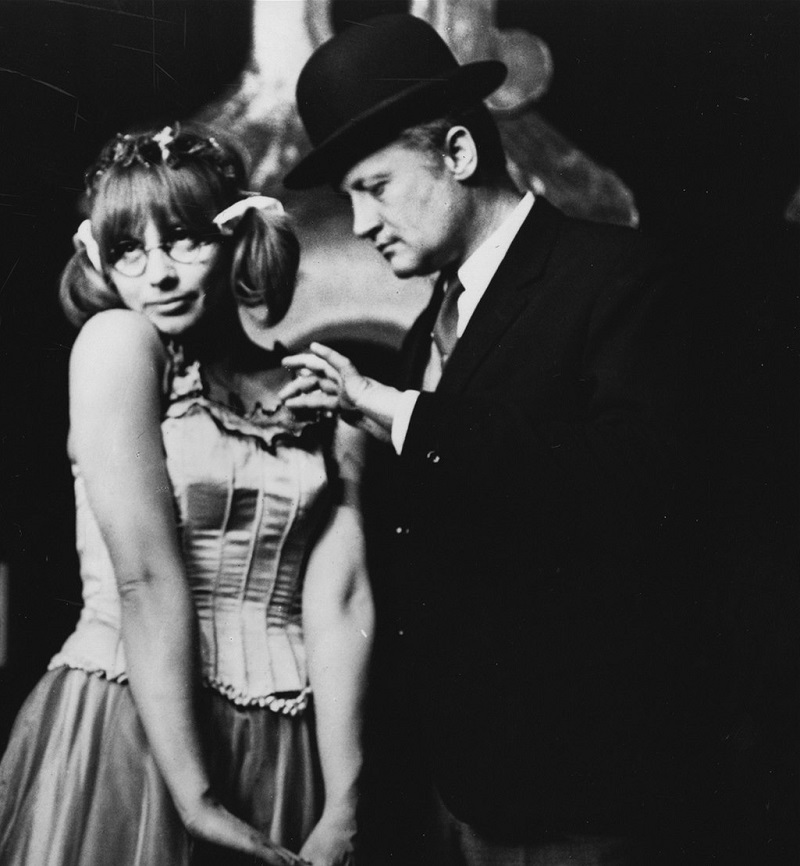

Jiří Šlitr went to gymnasium in Jilemnice, then in Rychnov nad Kněžnou. He graduated in 1943 and worked as a clerk in Bělá pod Bezdězem until the end of World War II.
Jiří Šlitr and a group of Rychnov students founded the Rychnov Dixieland in 1943, which then formed the basis of the Czechoslovak Dixieland Jazz Band (1945 – 1949).
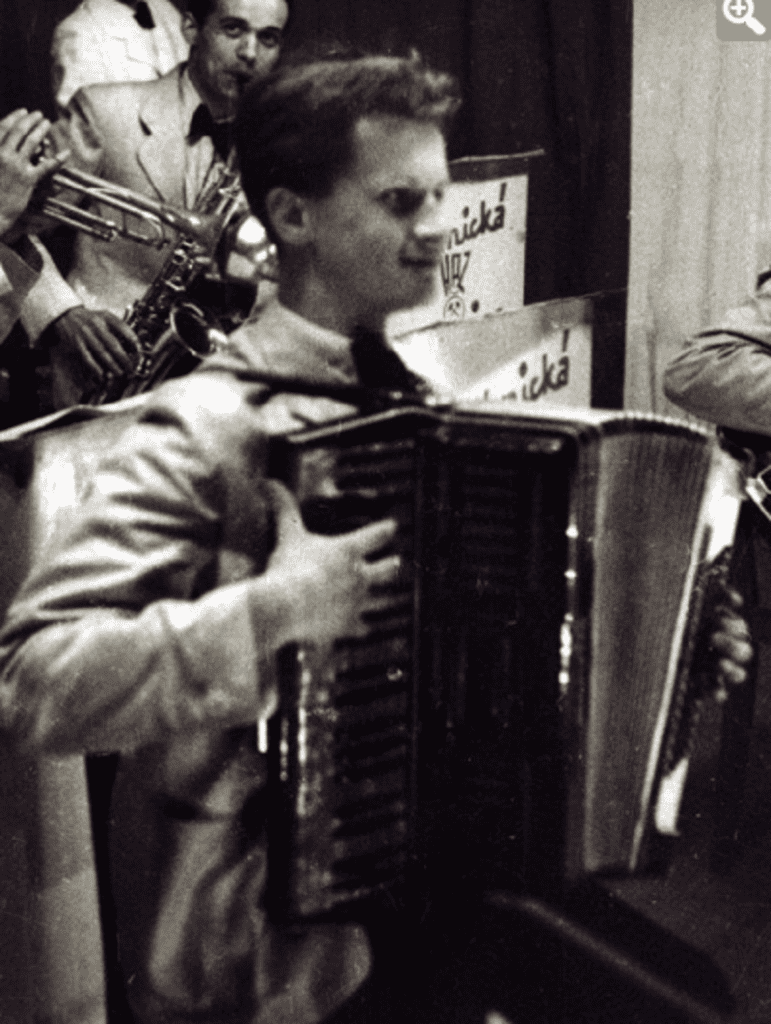

The political and social changes after the February 1948 coup had a hard impact on swing and jazz music. Back then, jazz lived mainly in the form of an amateur revivalist movement. It was not completely detached from swing. Gradually, Czechoslovak Dixieland, Czechoslovak Washboard Beaters, Prague Dixieland, Memphis Dixie and other groups were formed.
Jiří Šlitr and the Czechoslovak Dixieland Jazz Band were able to perform at the International Radio Exhibition MEVRO (1948) in Prague.
For the Czechoslovak Dixieland Jazz Band, he wrote his first song, Oldtimer’s Blue Drag.
He occasionally played with Akord Club, and toured with the Miroslav Horníček theatre ensemble as pianist. In 1957, Horníček introduced him to Jiří Suchý, and the Suchý + Šlitr duo began to perform in the Reduta theatre and Vltava café.
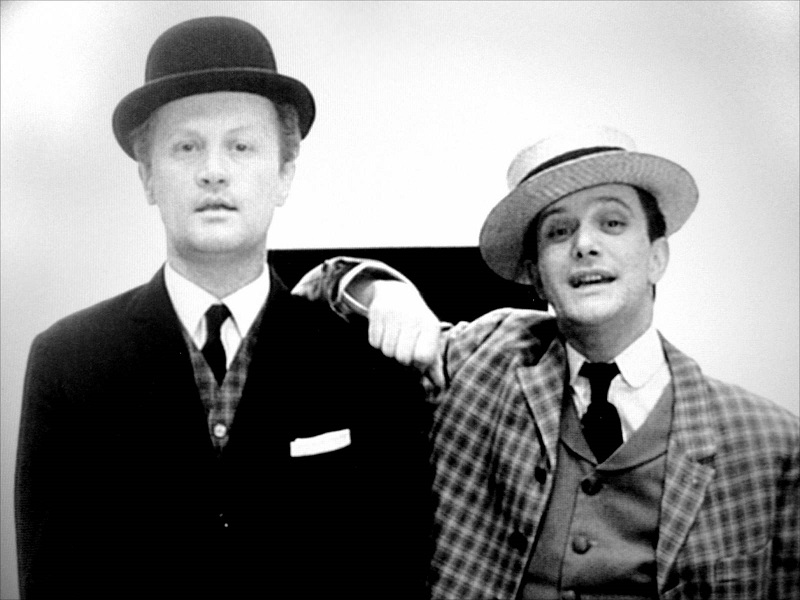

The following year was the Brussels Expo of 1958 and Šlitr was there as part of the Laterna Magika theatre. In 1959, he began to perform in the newly founded Semafor theatre, which became his principal venue.
As his fame grew, so did his love of women – and his freedom.
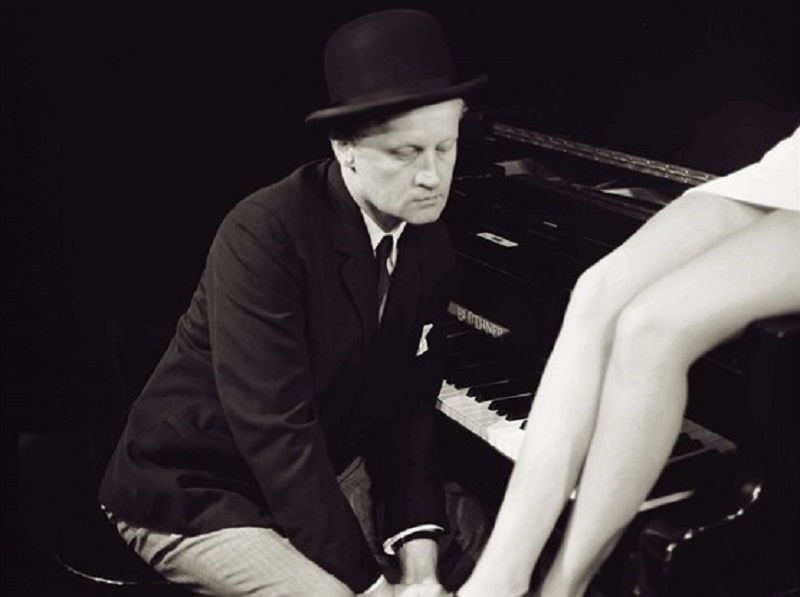

He coveted freedom and independence in both professional and private life. He had many lovers in his life, but he never wanted to get married – in his words, that would deprive him of his freedom.
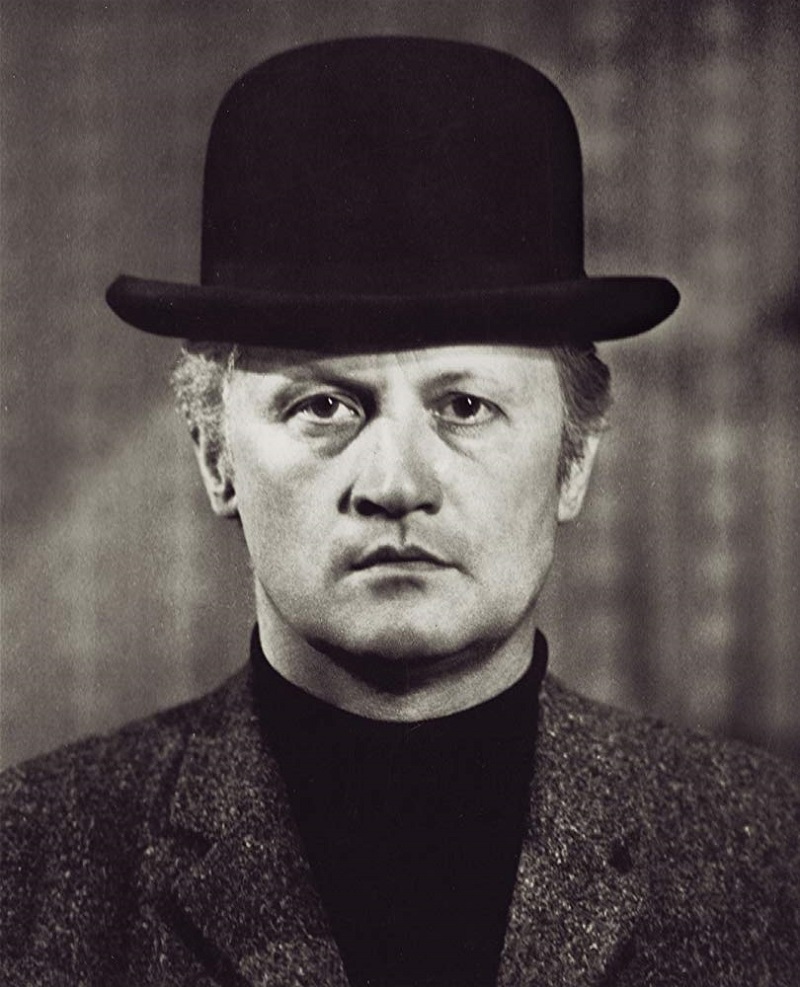

When Miroslav Horníček acquainted him with Jiří Suchý, he could not have guessed how much this duo would influence the development of small theater scenes and, above all, the specific atmosphere of Semafor. In fact, Šlitr, with lyricist-playwright Jiří Suchý and clarinetist Ferdinand Havlík, was a key exponent of the “golden era” of the Semafor Theatre.
His first work with Jiří Suchý was Píseň o Hamletovi (Song about Hamlet). Člověk z půdy (Man from Attic) — their first play for the Semafor, with music by Šlitr — was a remarkable success.
The 1962 play, Jonáš a tingl tangl (Jonáš and Tingl Tangl), featured Šlitr in his first acting role; he and Suchý then became a well-known acting duo.
You can really experience his musical talent in this rare clip of sound from the first part of the etudes of, Jonáš a tingl tangl (Jonáš and Tingl Tangl) at the Semafor Theater. Jiří Šlitr plays the popular Czech childrens’ song Šla Nanynka do zelí with different variations of several famous composers including Mozart, Bach, Debussy, and Verdi.
In 1964, Šlitr won the 6th place in the Czechoslovak singer contest Zlatý slavík (The Golden Nightingale).
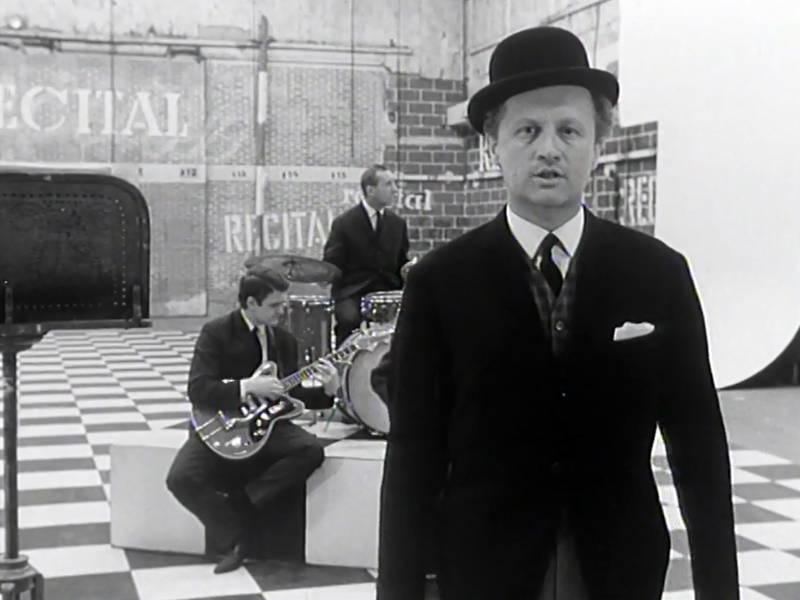

The double-act of Šlitr and Suchý made film appearances, firstly in Bylo nás deset (There Were Ten Of Us, 1963) and later in the successful musical comedy, Kdyby 1000 klarinetů (If a Thousand Clarinets, 1964).
In 1965, Šlitr composed the jazz opera Dobře placená procházka (A Walk Worthwhile), which was staged in 2007 by the Czech-American director Miloš Forman at the National Theatre in Prague. Šlitr’s attempt to stage A Walk Worthwhile on Broadway was unsuccessful.
Jiří Šlitr wanted to play and compose in a modern “rock” style at the Semafor but Havlík disagreed. The following clip is from the Semafor Recital 64 show and Jiří performs his version of Big Bad John.
I love this clip of his reading in English…
In 1966, Šlitr fired the Ferdinand Havlík Orchestra, but in the end he wound down his own involvement with the Semafor and with Suchý.
The duo parted company for a short time, and Šlitr put on a new play, Ďábel z Vinohrad (The Devil from Vinohrady).
The following clip is from the New Year’s Eve program at the Semafor in 1967. In it, Jiří Suchý and Jiří Šlitr sing an older song, V kašně (in the fountain).
Meanwhile, he exhibited his drawings in Wiesbaden, Dortmund, and New York City.
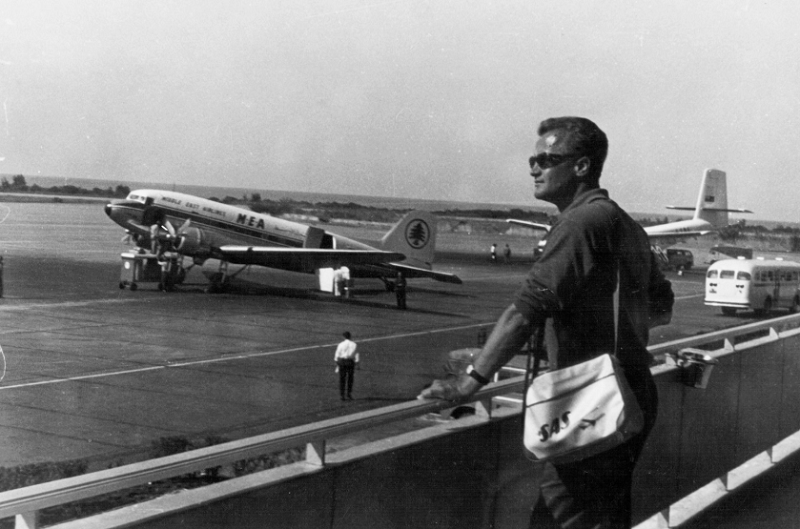

In 1967, he attended Expo ’67 in Montreal, where he presented the show “Stars of Prague”, and during his stay in America he exhibited drawings in Hollywood and Houston.
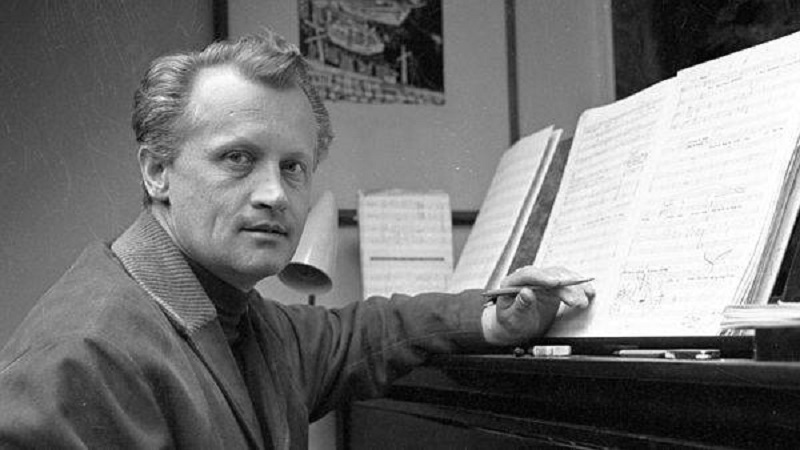

In 1968, he reunited with Suchý and after the events of the Prague Spring he re-staged his earlier work The Devil from Vinohrady as a pointed response to the Soviet invasion of Czechoslovakia. Šlitr and Suchý also signed the anti-communist 2000 Words manifesto by Ludvík Vaculík. In 1968, Šlitr appeared in his last film, Zločin v šantánu (Crime in the Night Club).
For Jiří Šlitr smoking, drinking or other addictive substances had no place as he was always focused on work. Those who knew him said he was all about work, freedom, women and fashion…
In fact, he was also very interested fashion and in the style of dressing at the time, especially after returning from America. He was one of the first people to wear jeans in Prague!
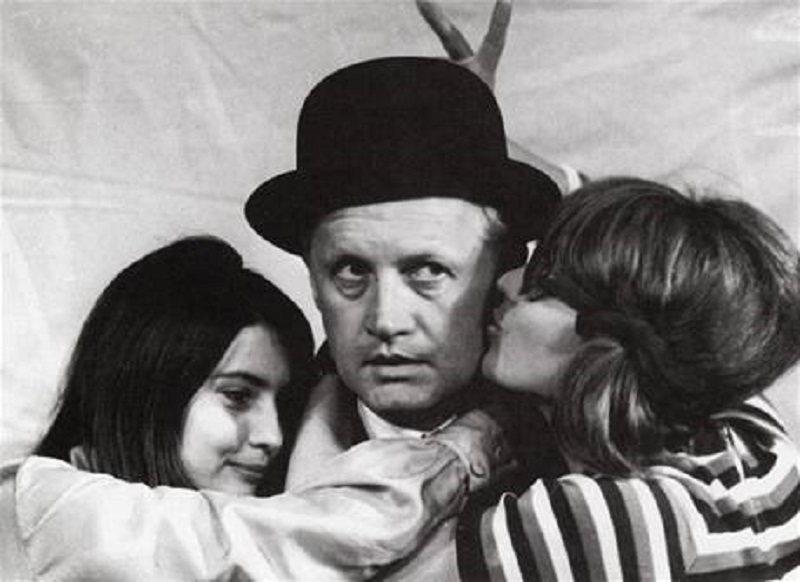

In his relatively short life, he managed to compose about 350 songs, participated in 21 theater plays, reviews and recitals. He illustrated approx. twenty books and his works have been exhibited all over the world.
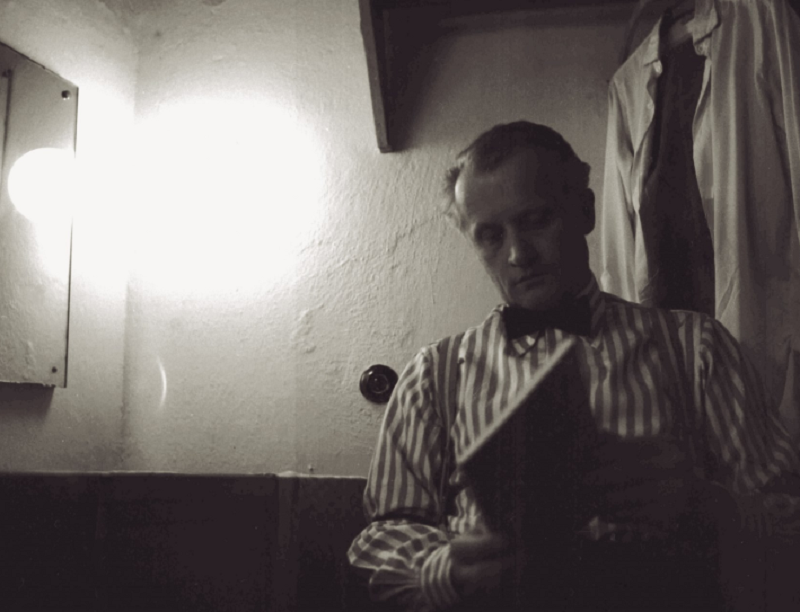

Jiří Šlitr passed away on December 26, 1969, under circumstances that have still never been fully explained. He was last seen going to his atelier in Prague. Several hours later, members of his family found his car outside the building. Inside the atelier they found the bodies of Šlitr and his young girlfriend, who were later found to have died of coal gas poisoning. Apparently, they inadvertently poisoned themselves with gas in his studio. There was speculation about a possible suicide, but his loved ones excluded this possibility and public speculations of suicide were unproven. His untimely departure was therefore officially described as an accident.
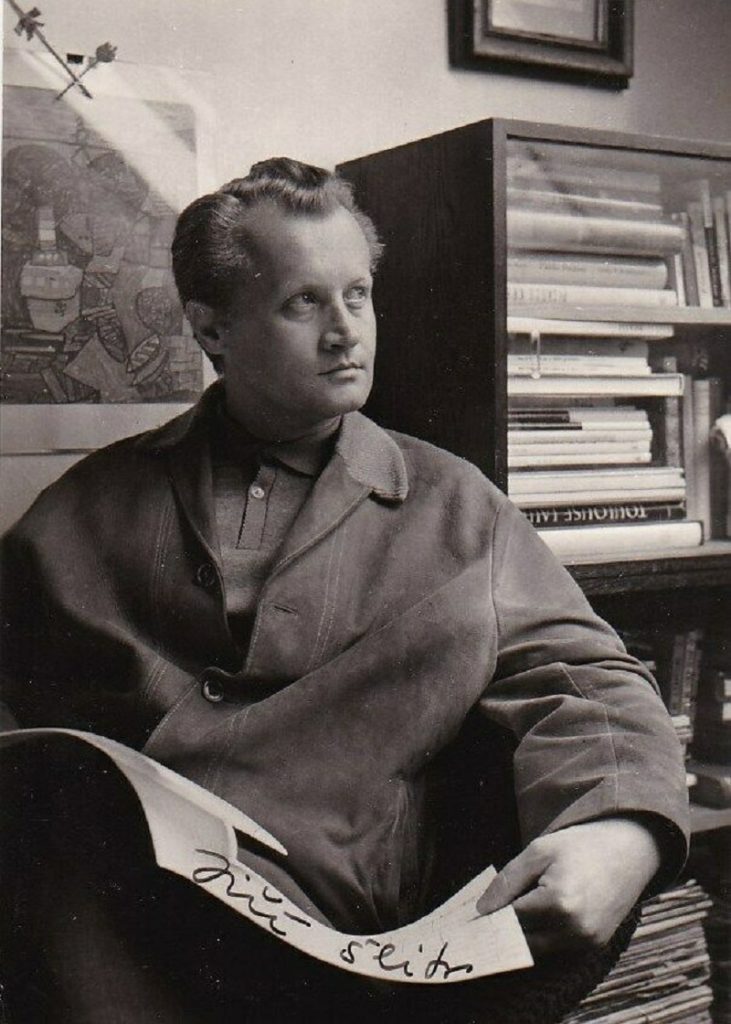

Theatre Plays (where he was an actor): Jonáš a ting tangl, Recital 64, Dobře placená procházka, Ďábel z Vinohrad, Poslední štace, Jonáš a Dr. Matrace
Films: Bylo nás deset, Recital 64, Kdyby 1000 klarinetů, Dobře placená procházka, Zločin v šantánu
Books and Publications he illustrated: Sebranka 1935-43, Plavání, Připravujeme estrádu 2, Kostky jsou vrženy, Verše o Praze, Písničky Jiří Šlitr & Jiří Suchý 3, Píseň zapomenutých let, Západ je západ, Babylónský příběh, Zbabělci, Vavříny z Montrealu, Vyvěste fangle, Besídka zvláštní školy, Redutání, Praha, město věží, Cirkus Krone a já, Malostranské povídky, Bombi Bitt a já, Anekdoty na šťastnou cestu vypráví Jiří Štuchal (svazek 1), Anekdoty pana Kohna (svazek 4), Anekdoty ze sombrera (svazek 5), Jaroslav Vojta vypráví (svazek 8), Anekdoty – Žena v zrcadle (svazek 9), Anekdoty a legrace s panem Hlustvisihákem (svazek 10), Anekdoty pana vrchního (svazek 11), Námořnické anekdoty (svazek 12), Český kreslený humor XX. století, Panoráma jazzu, První zpráva z Prahy, Povídky tenorsaxofonisty, Das BaBsaxofon, Velký Gatsby
Sometimes his works become available for sale, whether that be music, film or art. We purchased a wonderful sketch of his here.
Jiří Šlitr died much too young at only 45 years of age. As a lover of freedom, and with his young girlfriend by his side, in looking at the date and what was happening in Czechoslovakia at the time, I think that suicide may have been a choice he made. In any case, his talent left us much too soon. He is buried at the Vinohradský cemetary and when we were there in the spring, we visited his grave.
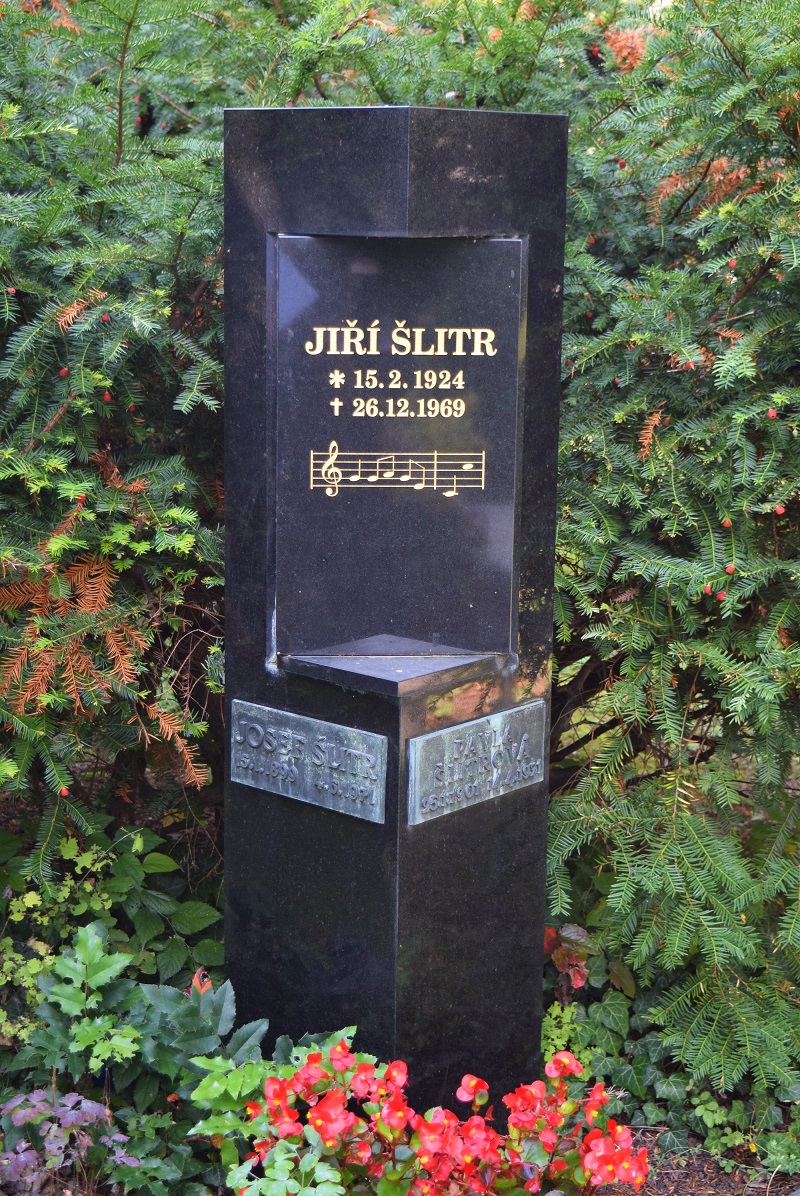

His songs have been sung by professionals and generations of fans alike but he painted passionately.
He never went anywhere without his pad and pencil, sketching everything he saw. And he was a talented painter as well.
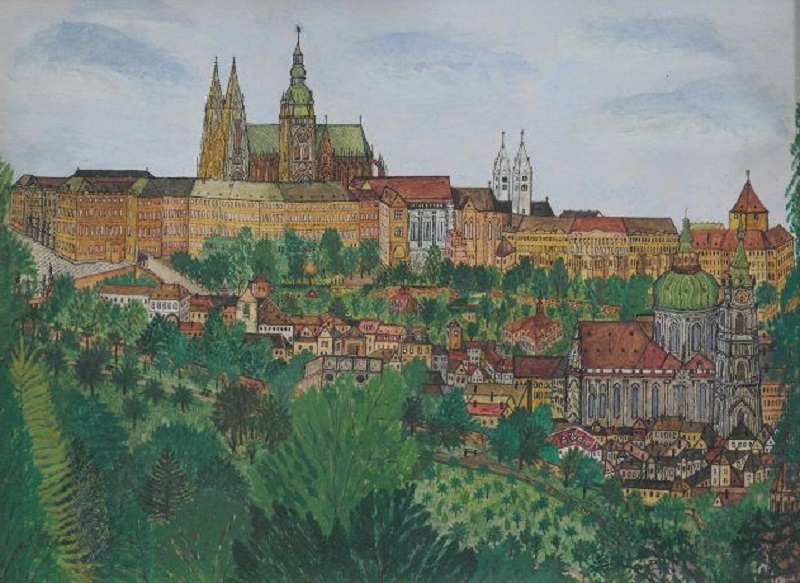

No matter what he did, one thing is sure – he was always led by his own creative spirit and he excelled in almost everything he did and created. He was an excellent cartoonist, illustrator and set designer, musician, composer, singer, author and actor. And he was self-taught in all the fields in which he excelled. What a shame he is no longer with us…
* * * * *
Thank you in advance for your support…
You could spend hours, days, weeks, and months finding some of this information. On this website, we curate the best of what we find for you and place it easily and conveniently into one place. Please take a moment today to recognize our efforts and make a donation towards the operational costs of this site – your support keeps the site alive and keeps us searching for the best of our heritage to bring to you.
Remember, we rely solely on your donations to keep the project going.
We appreciate you more than you know!
If you have not already subscribed to get TresBohemes.com delivered to your inbox, please use the form below now so you never miss another post.

